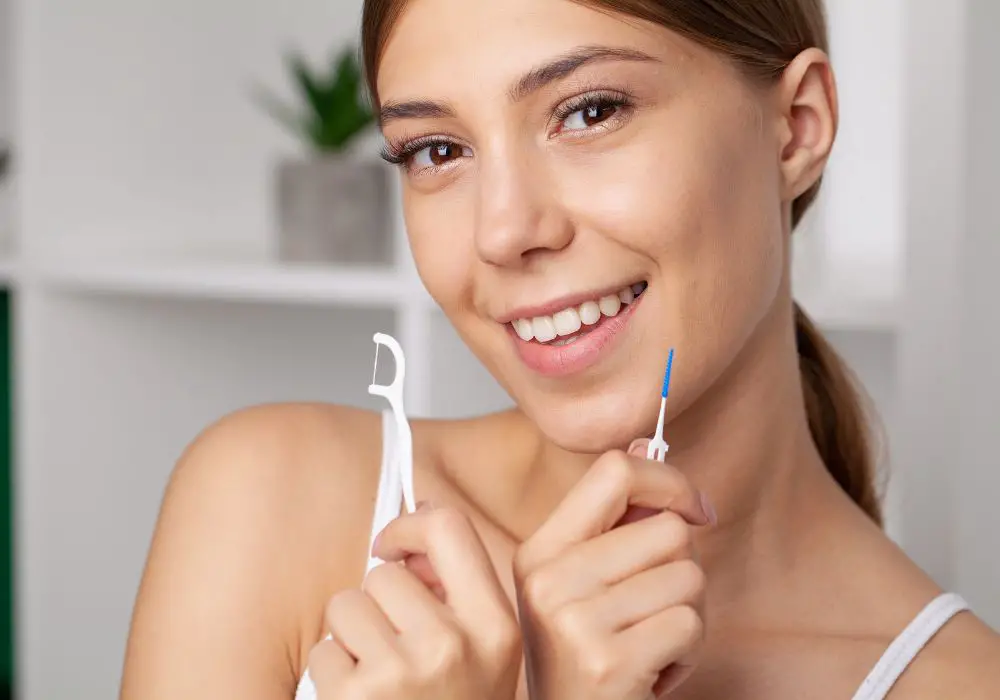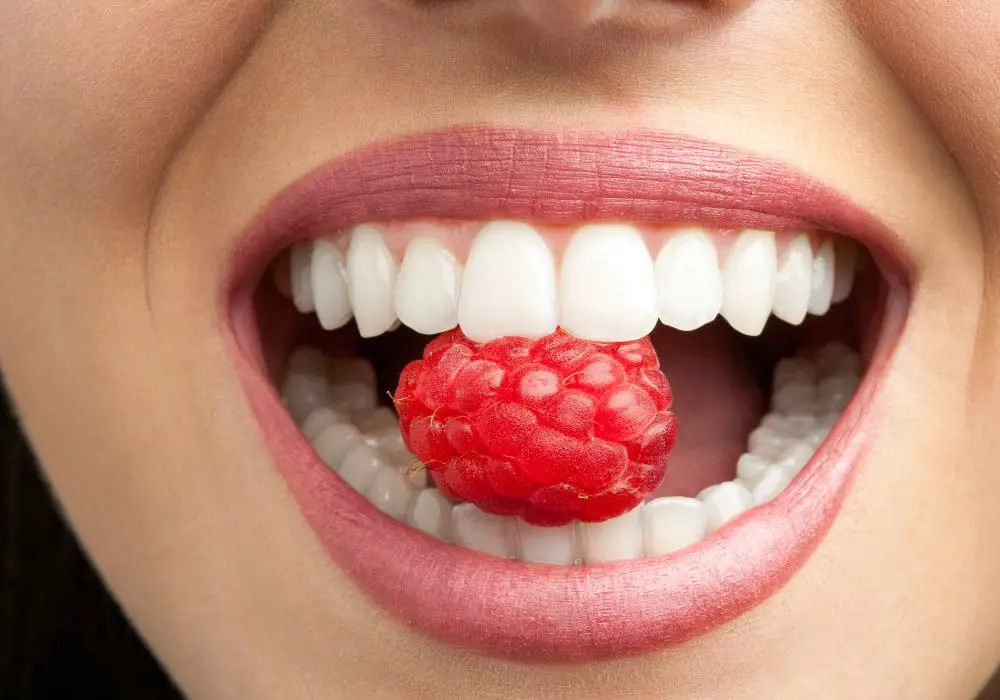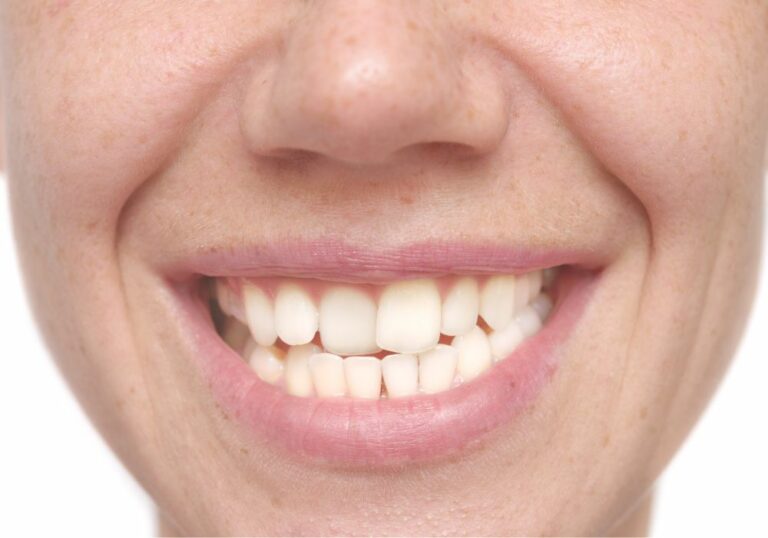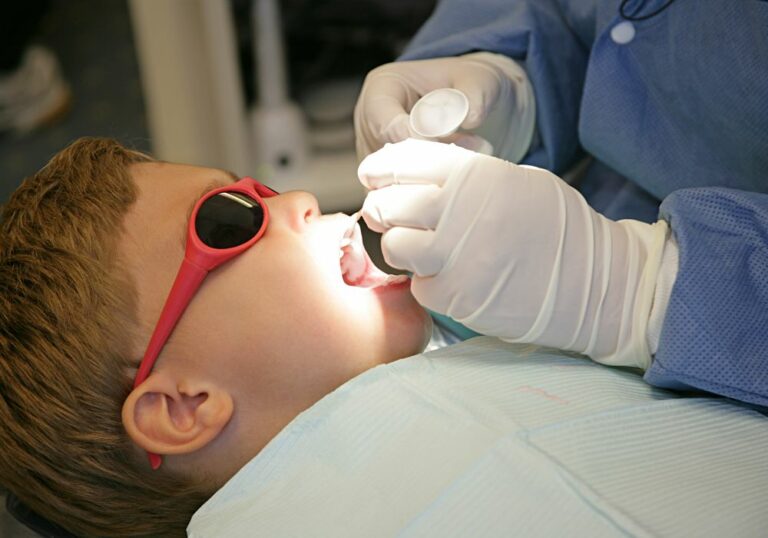Having a picture-perfect, radiant smile with pearly white teeth is a goal for many people. But professional teeth whitening treatments or veneers that require frequent visits to the dentist can be expensive over time. Luckily, there are many effective natural and home remedies that can help you safely whiten and brighten your teeth, removing stains from coffee, tea, wine and other culprits. Read on for tips, tricks and methods for getting a naturally perfect Hollywood smile without harsh chemicals.
The basics: Brushing, flossing, diet and hydration

Good oral hygiene and dental care habits are the foundation for bright, healthy teeth. Brushing and flossing properly helps prevent stains from accumulating and protects your enamel from cavity-causing bacteria, acid and plaque buildup. Drinking plenty of water keeps your mouth moist and rinses away stain-causing particles. Avoiding or limiting teeth-discoloring foods and beverages prevents new stains from forming.
Brush teeth thoroughly
- Brush teeth twice per day for 2 minutes each time, once in the morning and again before bed.
- Hold your toothbrush at a 45-degree angle, pointing the bristles toward your gumline as you brush.
- Gently brush using short, circular motions, covering all surfaces of your teeth – front, back, top, bottom and tongue. Don’t scrub aggressively.
- Use a soft-bristled toothbrush and replace it every 3-4 months when the bristles start to look frayed. Old toothbrushes with worn bristles won’t clean as effectively.
- Choose a natural toothpaste with ingredients that strengthen enamel, such as nano-hydroxyapatite, fluoride, calcium, and xylitol. Avoid harsh whiteners.
Floss thoroughly once per day
- Gently insert floss between two teeth, curving it around the base of each tooth in a C-shape.
- Rub the floss up and down against the side of each tooth several times to remove plaque from between teeth where your toothbrush can’t reach.
- Be sure to floss beneath the gumline as well, but avoid snapping or forcing the floss, which can damage delicate gum tissue.
- Use a fresh section of floss as you move from tooth to tooth to avoid spreading bacteria.
- Flossing removes plaque and food debris that can lead to cavities and gum disease. It takes less than 5 minutes for fresher breath and brighter teeth.
Drink water throughout the day
- Stay hydrated by drinking eight 8-ounce glasses of plain water per day. Set reminders if needed.
- Drinking water produces more saliva, which washes away stains, neutralizes tooth-eroding acids and provides enamel-strengthening calcium and phosphate.
- Drink water with and after eating and drinking staining foods and beverages to rinse away coloring agents and acids that adhere to teeth.
- A dry mouth allows damaging bacteria to grow, increasing your risk for bad breath, gum disease, cavities and tooth decay.
Limit staining foods and beverages
- Coffee, tea, cola and red wine cause some of the worst tooth stains and discoloration over time.
- Berries, tomato sauce and dark spices like curry can also stain teeth with frequent consumption.
- When you do indulge in staining foods and drinks, be sure to rinse your mouth with water afterward.
- Brushing right after consuming is even more effective at preventing stains. But wait at least 30 minutes if consuming acidic foods or drinks to avoid damaging softened enamel.
Eat teeth-cleaning foods
- Crunchy fruits and vegetables with high water content naturally scrub your teeth clean as you chew. Apples, carrots, celery, cucumbers and broccoli are great choices.
- Strawberries contain enamel-protecting malic acid. Green tea has antioxidants that inhibit bacteria growth. Almonds provide calcium.
- Lean proteins like chicken and turkey provide phosphorous for dental health. Yogurt provides probiotics and calcium for stronger teeth.
Natural teeth whitening home remedies

In addition to maintaining good daily oral hygiene and dental health habits, there are many natural teeth whitening techniques and remedies you can do right from your home. These help remove surface stains from teeth, brighten your smile and strengthen enamel over time when used occasionally.
Baking soda and hydrogen peroxide
Make a simple teeth whitening paste by mixing a teaspoon of baking soda with just enough hydrogen peroxide to achieve a thick, spreadable consistency. Apply it to teeth using a soft toothbrush and let sit for 1-2 minutes. The baking soda works as a mild abrasive to scrub away surface stains, while the peroxide bleaches teeth. Rinse thoroughly when done. Use this remedy once per week at most, as overuse can wear away enamel over time.
Activated charcoal
Activated charcoal has become popular for whitening teeth thanks to its highly absorbent properties. It adsorbs and binds to stains on the enamel surface and can help remove yellowing. To use, mix 1 teaspoon of activated charcoal powder with a small amount of water to form a thick, grey paste. Spread it over teeth and let sit briefly before brushing as normal for 1-2 minutes. Rinse very thoroughly. Be careful not to swallow any charcoal. Use this treatment once weekly at most.
Oil pulling
This traditional Ayurvedic practice involves swishing oil around the mouth to cleanse teeth and gums naturally. Coconut, sesame or sunflower oil work best. Take 1 tablespoon of your choice and swish it between your teeth for 10-20 minutes, then spit it out. Don’t swallow the oil, which will be full of bacteria and toxins. Oil pulling helps brighten teeth by cleaning out staining bacteria and plaque. Try doing it daily.
Fruit-based scrubs
For a biweekly teeth-brightening scrub, mash up a ripe strawberry or pineapple slice with a sprinkle of baking soda until it forms a paste. Scrub this paste over your teeth gently for 2 minutes, then rinse. The fruit acids help dissolve surface stains while the baking soda buffs them away. Strawberries also contain astringent tannins that help whiten teeth. Pineapple has whitening enzymes called bromelain. Rinse your mouth well afterward to avoid damaging softened enamel.
Lemon or orange peel rub
Rubbing citrus peel over your teeth can help brighten and whiten them thanks to the citric and ascorbic acids these fruits contain. Use a washed (preferably organic) lemon or orange peel and gently rub the inside over teeth for a minute or two. You can also add some baking soda to the peel and rub it on for extra scrubbing power. Just be careful not to overdo it, as the acidity can wear down enamel. Rinse thoroughly when done.
Apple cider vinegar rinse
ACV contains acetic acid, which has natural antibacterial properties that can help kill germs that cause stains, bad breath and dental issues. Mix 2 teaspoons of organic apple cider vinegar with 1 cup of warm water. Swish the mixture around your mouth for 30-60 seconds before spitting it out. Limit this to 1-2 times per week, as the acidity can erode enamel if overused. Discontinue use if you experience any tooth sensitivity.
Avoid teeth whiteners that damage enamel
Many commercial at-home teeth whitening products contain harsh ingredients like hydrogen or carbamide peroxide that can wear down tooth enamel, especially with overuse or misuse. These include whitening strips, trays, toothpastes and UV lights. Check ingredient lists and consult your dentist before trying an at-home whitening treatment, especially if you have sensitive teeth or fillings. Look for non-abrasive natural products. Professional treatments are safest for dramatic whitening.
When to see your dentist

While the natural teeth whitening methods mentioned can certainly brighten your smile, it’s always a good idea to consult your dentist first before attempting to bleach or whiten teeth on your own. A dentist can assess the current health and color of your teeth, look for cavities or other problems that could worsen with whitening, and recommend the safest and most effective options tailored to your needs.
See your dentist promptly if you experience:
- Increased tooth sensitivity or pain, especially to hot and cold foods. This can be a sign of cavities or nerve damage.
- Red, swollen or bleeding gums. This indicates gingivitis or periodontal disease that requires treatment.
- Loose teeth, receding gums, exposed roots or other oral tissue changes.
- Dark spotting or unusual discolorations that don’t lift with natural remedies. This could indicate decay, infection or more serious issues.
Schedule professional cleanings and exams every 6 months for the best oral and dental health. Your dentist can remove hardened tartar, plaque and stains your toothbrush can’t reach. Regular visits also allow early detection and treatment of any cavities, infections or other problems before they become advanced and costly to fix. Ask your dentist which teeth whitening options are safest for your specific situation.
Frequently Asked Questions
1. What foods naturally whiten teeth?
Some foods that can naturally help whiten and brighten teeth include apples, carrots, celery, broccoli, and strawberries. Their crunchy textures act as natural toothbrushes, while some contain enamel-strengthening nutrients or compounds that fight stains. Dairy products are also good for providing calcium.
2. Can charcoal really whiten teeth?
Activated charcoal has become a popular natural teeth whitener. It is abrasive enough to remove surface stains from teeth through gentle scrubbing. Be careful not to use too much or too often, as it can abrade enamel over time. When used sparingly, charcoal is reasonably safe and effective for whitening.
3. Does oil pulling really work?
The practice of oil pulling, swishing oils like coconut and sesame around the mouth, has been used for centuries to clean teeth and gums. Studies show it reduces bad breath, plaque, and gingivitis. The oils seem to draw out bacteria and toxins that cause staining. Oil pulling won’t whiten dramatically but can brighten and improve dental health when done regularly.
4. What is the fastest way to whiten teeth naturally?
Combining natural teeth whitening remedies gets the fastest results. For example, brushing with activated charcoal then oil pulling daily, using remineralizing toothpaste, and following up with a strawberry scrub 2-3 times per week can noticeably whiten teeth within 1-2 weeks. Always start with gentler methods first before gradually incorporating more intense whitening treatments.
5. When should I see a dentist about whitening my teeth?
It’s always smart to consult your dentist before attempting to whiten your teeth on your own. A dentist can assess the health of your teeth and advise the safest and most effective whitening methods. Professional cleaning and bleaching may be needed for significant discoloration. Annual exams also allow the dentist to catch any problems early.






